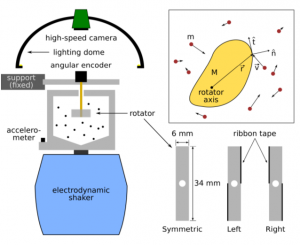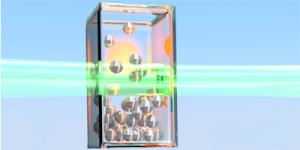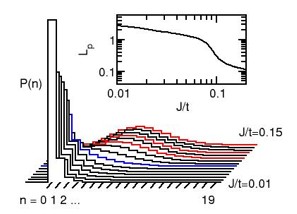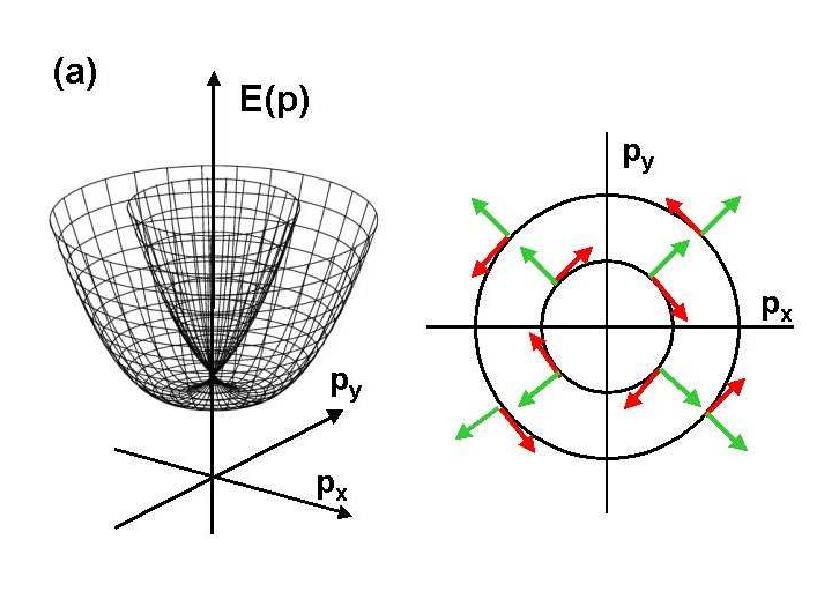Computational Neuroscience
Computational neuroscience is the study of brain function in terms of the information processing properties of the structures forming the nervous system. It is an interdisciplinary science that links the diverse fields of Neuroscience, Cognitive science and Psychology with Physics, Mathematics, and Engineering.
The physiology and dynamics of functional and biologically realistic neurons within neural systems are the principal focus of computational neuroscience.… Read the rest


 A random laser is usually obtained pumping light through a disordered medium. The dynamics of light through a heterogeneous configuration of scatterers and cavities provides emitted spectra with random and fluctuating peaks which have a wide range of applications and are nowadays subject to an intense theoretical activity. In this work we have added a new flavour to the idea of random lasers, replacing the usually static disordered medium with a vibrofluidized granular material.…
A random laser is usually obtained pumping light through a disordered medium. The dynamics of light through a heterogeneous configuration of scatterers and cavities provides emitted spectra with random and fluctuating peaks which have a wide range of applications and are nowadays subject to an intense theoretical activity. In this work we have added a new flavour to the idea of random lasers, replacing the usually static disordered medium with a vibrofluidized granular material.… 
![Fig. 1: electronic structure of graphene and Dirac-like dispersion. After A.H. Castro Neto et al., arXiv:0709.1163v2 [cond-mat.other] (2007). Fig. 1: electronic structure of graphene and Dirac-like dispersion](/wp-content/uploads/2017/07/dirac_graphene.jpg) A large interest, for its potential technological applications, concerns the investigation of optical and transport properties of both single-layer and multi-layered graphene, which are dominated by its so-called relativistic Dirac-like electronic structure (see Figure on the right).
A large interest, for its potential technological applications, concerns the investigation of optical and transport properties of both single-layer and multi-layered graphene, which are dominated by its so-called relativistic Dirac-like electronic structure (see Figure on the right).